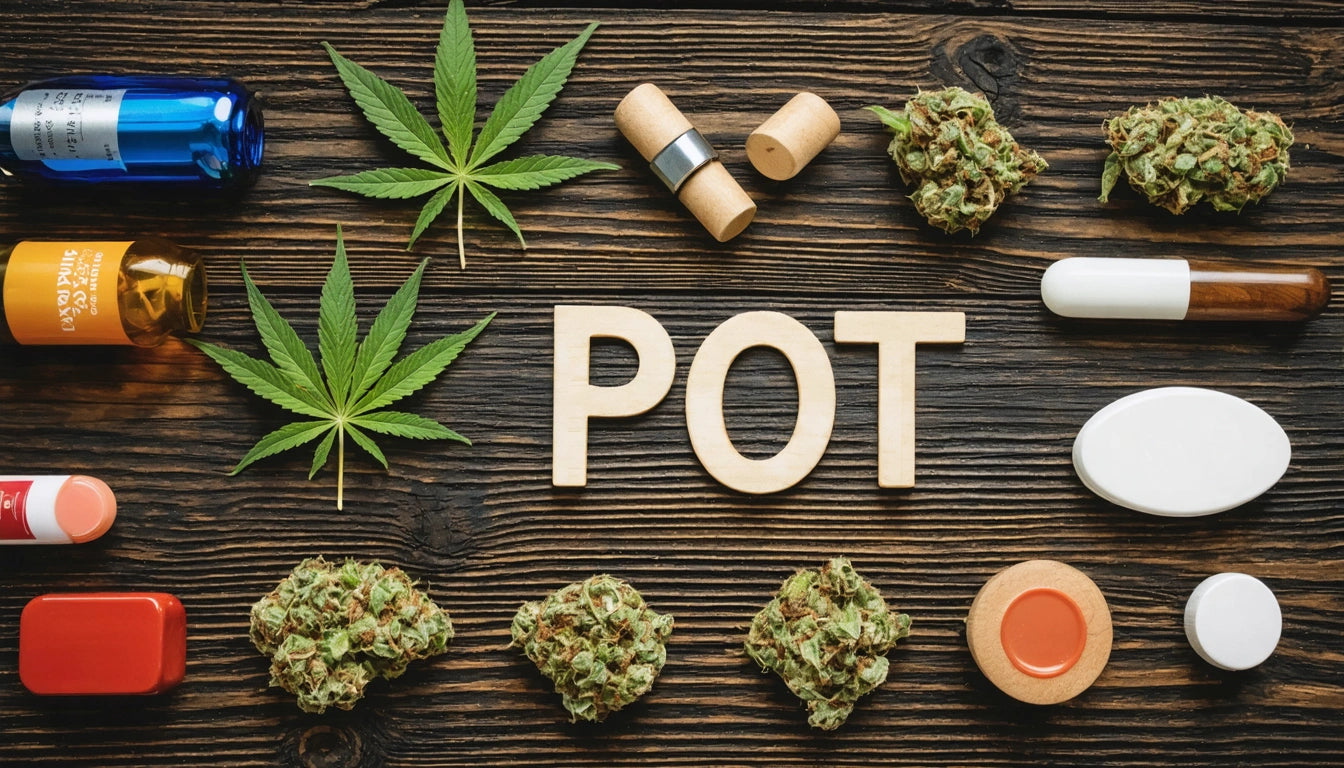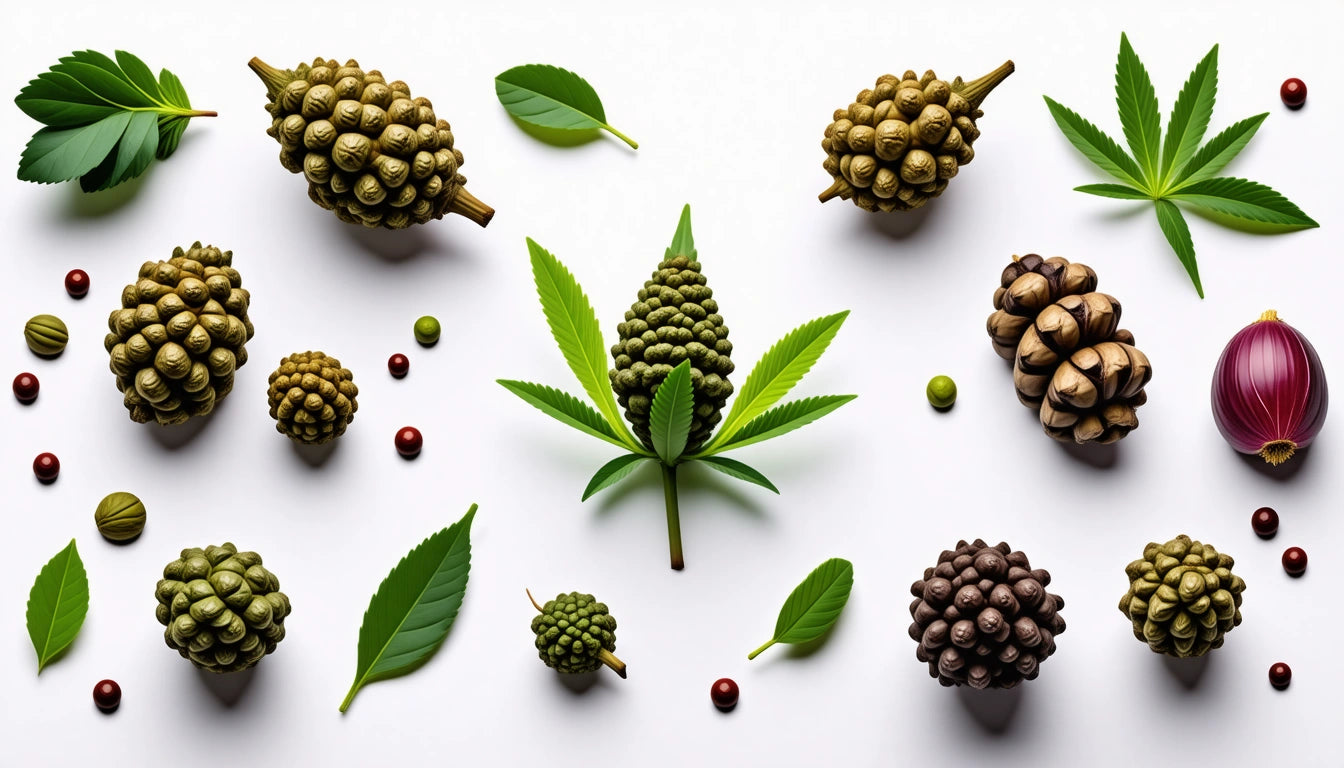Table of Contents
- What is Pot: Defining the Term and Its Origins
- Why is Marijuana Called Pot: Etymology and History
- What is in Pot: Composition and Active Compounds
- What Does Pot Do: Effects on Mind and Body
- What is Pot Good For: Medical Benefits and Applications
- Pot in Culture: From Pot Head to Sex Pot
- Understanding Consumption: What is a Bowl of Pot
- Health Considerations: Does Pot Have Tar
- The Evolution of Pot: From Prohibition to Mainstream Acceptance
Understanding Pot: Meanings, Uses, and Cultural References
The term "pot" carries multiple meanings across different contexts, but it's most commonly known as a slang term for cannabis or marijuana. Understanding pot involves exploring its origins, composition, effects, and cultural significance. This comprehensive guide addresses common questions about pot while providing factual information about this controversial yet increasingly accepted substance.
What is Pot: Defining the Term and Its Origins
Pot is a colloquial term for cannabis, a psychoactive plant that has been used for medicinal, recreational, and spiritual purposes throughout human history. Cannabis contains over 100 cannabinoids, with THC (tetrahydrocannabinol) and CBD (cannabidiol) being the most well-known and studied. For a deeper understanding of cannabis identification, this visual guide to identifying marijuana plants provides helpful information.
The cannabis plant comes in three primary varieties: Cannabis sativa, Cannabis indica, and Cannabis ruderalis. Each variety has distinct characteristics and effects, though modern cultivation has led to countless hybrid strains with combined properties.
Why is Marijuana Called Pot: Etymology and History
Many people wonder why marijuana is called pot. The term originated in the 1930s and is believed to derive from the Spanish word "potiguaya" or "potación de guaya," which referred to a wine or brandy steeped with cannabis leaves. Over time, this was shortened to "pot" in American slang.
Other theories suggest the name comes from the practice of growing cannabis in pots or containers. For a more detailed exploration of cannabis history, this article on the origins and history of pot provides fascinating insights.
What is in Pot: Composition and Active Compounds
Cannabis contains hundreds of chemical compounds, including:
- Cannabinoids (THC, CBD, CBN, etc.)
- Terpenes (aromatic compounds that influence flavor and effects)
- Flavonoids (plant compounds with antioxidant properties)
- Essential oils
THC is primarily responsible for the psychoactive effects or "high" associated with cannabis use, while CBD offers many therapeutic benefits without intoxication. The specific composition varies widely between strains, with different cannabis strains and products offering unique effects and benefits.
What Does Pot Do: Effects on Mind and Body
When consumed, cannabis interacts with the body's endocannabinoid system, which regulates various physiological processes. The effects of pot can include:
- Altered perception and mood
- Relaxation or euphoria
- Increased appetite ("the munchies")
- Enhanced sensory experiences
- Potential anxiety or paranoia (especially with high-THC strains)
- Changes in time perception
The experience varies widely based on the strain, consumption method, dosage, and individual factors. Understanding how consuming pot affects your high experience can help users make informed choices.
What is Pot Good For: Medical Benefits and Applications
Cannabis has been used medicinally for thousands of years. Modern research supports its efficacy for various conditions, including:
- Chronic pain management
- Nausea and vomiting (particularly from chemotherapy)
- Muscle spasms and stiffness
- Sleep disorders
- Anxiety and PTSD symptoms
- Appetite stimulation
- Seizure reduction (particularly CBD-rich formulations)
For a balanced view of cannabis in medicine, this resource on health risks and benefits of pot examines both therapeutic applications and potential concerns.
Pot in Culture: From Pot Head to Sex Pot
What is a Pot Head?
The term "pot head" refers to a frequent cannabis user or enthusiast. While once purely derogatory, the term has been reclaimed by some cannabis users as neutral or even positive self-identification. As cannabis becomes more mainstream, such terminology is evolving.
What is Sex Pot?
"Sex pot" is an unrelated slang term referring to a sexually attractive or seductive person. This term has no direct connection to cannabis beyond the shared word "pot." This illustrates how cannabis terminology has permeated broader cultural language.
When packaging cannabis products for retail, proper containment is essential. Many dispensaries use specialized mylar bags designed for standard eighth-ounce quantities to maintain freshness and comply with regulations.
Understanding Consumption: What is a Bowl of Pot
A "bowl of pot" refers to the amount of ground cannabis that fits in the bowl of a pipe or bong. This is a common unit of consumption, typically holding about 0.25-0.5 grams of cannabis. The term "bowl" can refer to both the physical part of the smoking device and the portion of cannabis it contains.
Other traditional units include:
- What is a lid of pot: A "lid" is an outdated term from the 1960s and 70s referring to approximately one ounce of cannabis.
- Eighth: 3.5 grams, or 1/8 of an ounce, a common retail purchase amount.
- Quarter: 7 grams, or 1/4 of an ounce.
For comprehensive information on cannabis consumption, this ultimate guide to using pot covers various methods and best practices.
Health Considerations: Does Pot Have Tar
A common health question is "does pot have tar in it?" When cannabis is smoked, it does produce tar similar to tobacco, though typically in smaller amounts. This tar contains carcinogens and can impact respiratory health with long-term use.
Alternative consumption methods that avoid combustion include:
- Vaporizing (heating without burning)
- Edibles (food products infused with cannabis)
- Tinctures (liquid extracts)
- Topicals (applied to the skin)
These methods eliminate the tar concern while still delivering cannabinoids. Additionally, cannabis may interact with certain medications by affecting liver enzymes that metabolize drugs. Anyone taking prescription medications should consult a healthcare provider before using cannabis.
Specialized Growing Methods
For cannabis cultivation, specialized equipment like Smart Pots (fabric containers that promote healthy root systems) and hydroponic systems (soilless growing methods) have become popular. This guide to top pots for growing cannabis explores various container options for cultivation.
The Evolution of Pot: From Prohibition to Mainstream Acceptance
Cannabis has undergone a remarkable transformation in public perception and legal status. Once heavily criminalized and stigmatized, pot is now legal for medical use in numerous countries and for adult recreational use in a growing number of regions.
This evolution reflects changing attitudes toward cannabis as research continues to validate its medical applications while challenging historical misconceptions. As legalization expands, we're likely to see continued innovation in cannabis products, consumption methods, and therapeutic applications.
The future of cannabis may include more precise dosing, personalized medicine approaches based on individual endocannabinoid systems, and continued integration into mainstream healthcare. Understanding pot in all its complexity allows for more informed decisions about its use, whether for medical, recreational, or industrial purposes.











Leave a comment
All comments are moderated before being published.
This site is protected by hCaptcha and the hCaptcha Privacy Policy and Terms of Service apply.